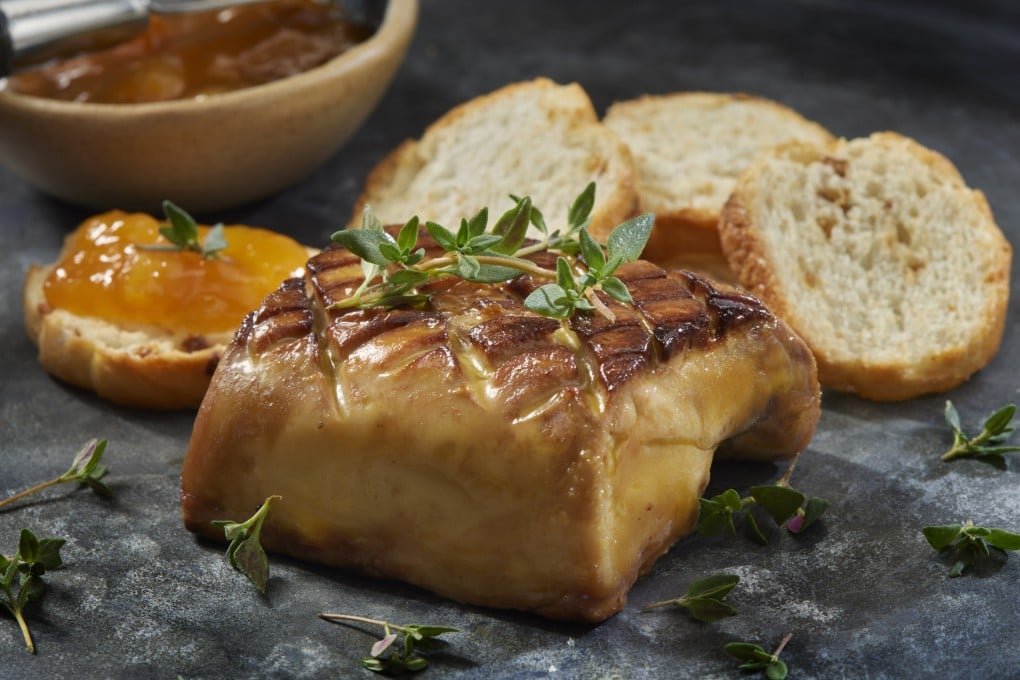Language Matters | Where does foie gras come from? In modern times France, but the food’s roots are in ancient Egypt, from where the Romans adopted it
- A delicacy in some places, banned in others over cruelty concerns, foie gras’ history starts in ancient Egypt and Rome, where geese were force-fed dried figs
- Vegan alternatives have innovative names, such as ‘faux gras’ and ‘Fuah!’ – an expression, based on an abbreviation, used to express contempt or anger

The idea of the delicacy foie gras either inspires rapture or rebellion.
The former prompts festivals, such as in Sarlat, the capital of the Black Périgord region of France, where Périgord foie gras is protected by two quality schemes, the Protected Geographical Indication label and “Origine Certifié Périgord”. In Sarlat, foie gras is celebrated during the first weekend in March, at Fest’Oie (“goose festival”).
While foie gras is officially classified as part of the cultural and gastronomic heritage of France, in other parts of the world, its production is banned. In addition, a World Day Against Foie Gras – November 25 – has been proposed to take a stand against such a product.
This is because the production of foie gras is viewed as inhumane. Foie means “liver”, and gras is “fat” (just as in the festival Mardi Gras, which means “Fat Tuesday”) – the fattening of the liver of a duck or goose is accomplished by gavage.

The term gavage entered the English language in the late 19th century, borrowed from the French gavage, from the verb gaver, meaning “to stuff, cram”, from the dialectal Old French gave for “throat”. Such force feeding, by means of a tube inserted down one’s throat, is usually used for poultry bound for market.

